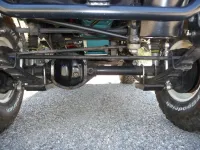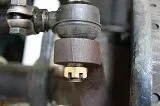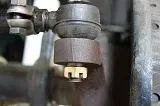Tie rod flip
CJ
Admin
- Posts
- 23,824
- Featured
- 4
- Media
- 881
- Resources
- 193
- Solutions
- 50
- Thanks
- 872
- Location
- Central FL
- Vehicle(s)
- '72 CJ5, 401, T18, D20, D44, D30
'82 CJ8, 258, D300, AMC20, D30
Standard taper is 7.12 degrees (some say 7.15) and the Snap-On reamer is 7 degrees. You can get away with the difference but the reamer usually will wear out after 10 or so holes but should work for your application.




 hits the fan.( not sure if I can say that) let me know!!!!
hits the fan.( not sure if I can say that) let me know!!!!



